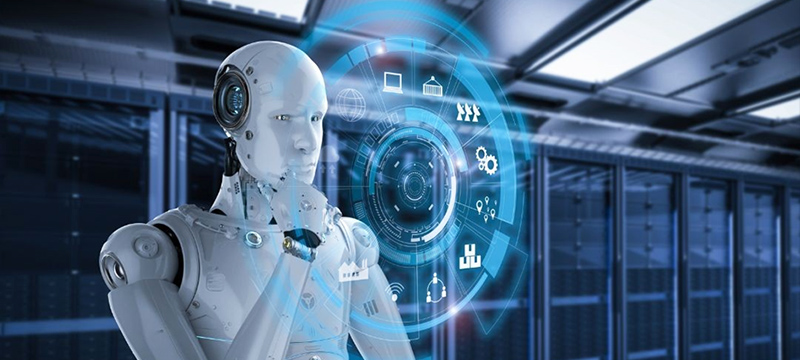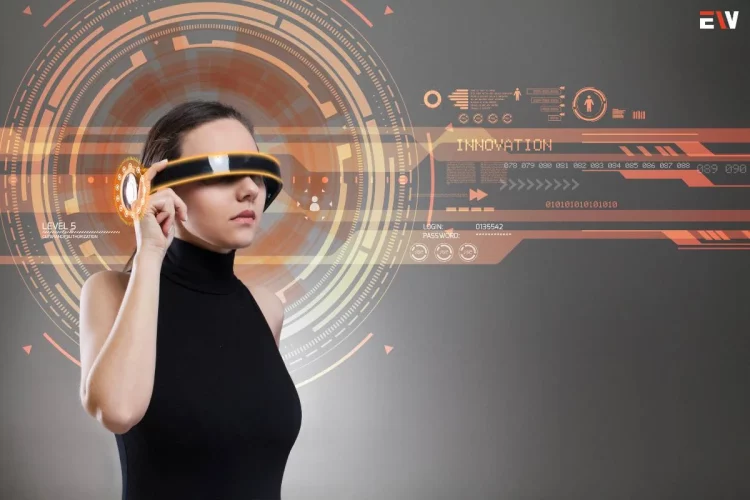A Story to Begin
In 2020, as the COVID-19 pandemic swept across the globe, technology became both a lifeline and a source of anxiety. Hospitals relied on artificial intelligence to predict infection patterns, biotech companies raced to design vaccines using genetic sequencing, and millions of people worked remotely through digital platforms. At the same time, fears about surveillance, misinformation, and job automation grew louder.
This moment revealed a truth about emerging technologies: they are double-edged. They promise breakthroughs that could change the world for the better, yet they also disrupt economies, societies, and personal lives in profound ways.
Innovation as a Driver of Hope
Emerging technologies inspire optimism because they open doors once thought impossible.
- Healthcare Revolution: CRISPR and mRNA vaccines show that science can defeat diseases faster than ever.
- Green Energy Transition: Solar, wind, and advanced battery systems offer a pathway to tackle climate change.
- Digital Empowerment: Smartphones, blockchain wallets, and fintech tools provide billions with access to information and financial systems.
Innovation is often celebrated as progress, but its rapid pace also unsettles established norms.
Disruption as a Source of Anxiety
While innovation creates opportunities, disruption destabilizes industries and societies.
- Labor Markets Under Pressure: Automation displaces routine jobs in factories, call centers, and even white-collar sectors like accounting.
- Inequality and Digital Divide: Access to cutting-edge technology remains concentrated in wealthier nations and communities.
- Social and Psychological Stress: Social media algorithms amplify polarization, while constant connectivity blurs the line between work and life.
Disruption challenges us to adapt, often faster than governments or institutions can respond.

Themes of Transformation
1. Technology and Power
Emerging technologies shift the balance of power. Nations with strong AI capabilities, advanced biotech industries, or control over rare earth minerals gain geopolitical leverage. The U.S., China, and the European Union are locked in competition over technological dominance, with smaller nations caught in between.
2. Ethics in Innovation
Should scientists edit human embryos? Who is responsible when an autonomous car causes an accident? Ethical questions, once hypothetical, now demand urgent answers. Without clear frameworks, innovation risks eroding public trust.
3. Human Experience and Identity
Virtual reality and the metaverse alter how people perceive presence, relationships, and even selfhood. Human-machine collaboration—such as using AI for art or music—raises questions about the meaning of creativity and authenticity.
Case Snapshots
- Tesla and Autonomous Vehicles: Tesla’s pursuit of self-driving cars illustrates both innovation’s promise (safer transport, reduced emissions) and disruption’s risks (accidents, regulatory uncertainty).
- Blockchain in Finance: Cryptocurrencies disrupt banking systems but face volatility and regulatory backlash. At the same time, blockchain enables cross-border transactions for communities excluded from traditional finance.
- AI in Education: Adaptive learning platforms personalize education, yet they also risk reducing human teachers’ roles and deepening inequalities between tech-rich and tech-poor schools.
Opportunities in the Midst of Uncertainty
Despite disruptions, opportunities abound:
- Global Collaboration: Technology fosters shared research on climate, medicine, and space exploration.
- Economic Growth: Emerging industries—from green hydrogen to quantum computing—create new markets and jobs.
- Resilience: Smart infrastructure and digital tools help societies respond to crises, whether pandemics or natural disasters.
The challenge is ensuring that opportunities outweigh risks.
The Road Ahead: Three Possible Futures
- The Optimistic Future: Emerging technologies lead to cleaner energy, healthier populations, and inclusive digital economies.
- The Dark Future: Technologies widen inequality, fuel authoritarian control, and deepen social unrest.
- The Balanced Future: Innovation and disruption coexist, with societies learning to regulate, adapt, and embrace change responsibly.
Conclusion
The story of emerging technologies in the 21st century is not one of pure triumph or inevitable catastrophe—it is a narrative of tension between innovation and disruption. These forces are inseparable, two sides of the same coin.
The challenge is not whether to embrace new technologies, but how to shape them: with ethical foresight, inclusive policies, and a commitment to human dignity. If societies can strike this balance, the 21st century may be remembered not as an age of anxiety, but as a time when humanity harnessed innovation to build a better world.
















































